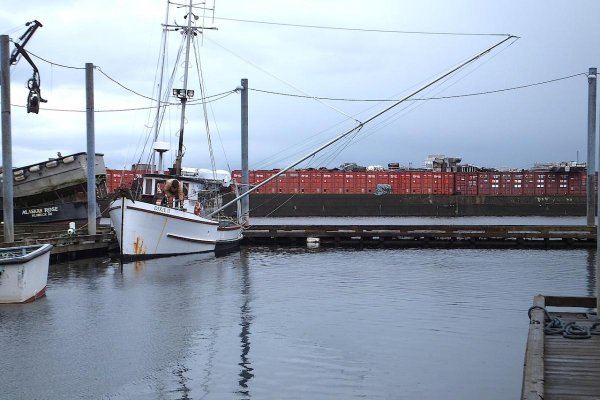dirtdoc1
Senior Member
- Joined
- Apr 12, 2016
- Messages
- 472
- Location
- United States
- Vessel Name
- Ann-Elyse II
- Vessel Make
- North Pacific 45
It appears that most builders refer to the semi-displacement hull as coastal and the full-displacement hull as ocean going. I have read many articles about both types of hull configurations and so far have not gotten my question answered, which is: Why is the semi-displacement hull - used by such well known builders as Grand Banks, Flemming and Defever - not considered an ocean going or true blue water passage maker? And my other question is: do they ballast only full displacement hulls?
Here's what I know about the beneficial characteristics of the full displacement hull. The keel has ballast for added stability. It sits lower in the water which further aids stability. The hull configuration provides better fuel consumption.
Ok fine and dandy but a semi-displacement hull with a keel could be ballasted and they can add larger fuel tanks to compensate for fuel consumption. So that leaves only one thing that the full has over the semi and that is - it sits lower in the water. That alone can't be the only reason not to use a semi for long ocean passages. I must be missing something or got something wrong. Some people consider the semi to be the best of both worlds.
Your feedback would be greatly appreciated.
Cheers!
Here's what I know about the beneficial characteristics of the full displacement hull. The keel has ballast for added stability. It sits lower in the water which further aids stability. The hull configuration provides better fuel consumption.
Ok fine and dandy but a semi-displacement hull with a keel could be ballasted and they can add larger fuel tanks to compensate for fuel consumption. So that leaves only one thing that the full has over the semi and that is - it sits lower in the water. That alone can't be the only reason not to use a semi for long ocean passages. I must be missing something or got something wrong. Some people consider the semi to be the best of both worlds.
Your feedback would be greatly appreciated.
Cheers!






